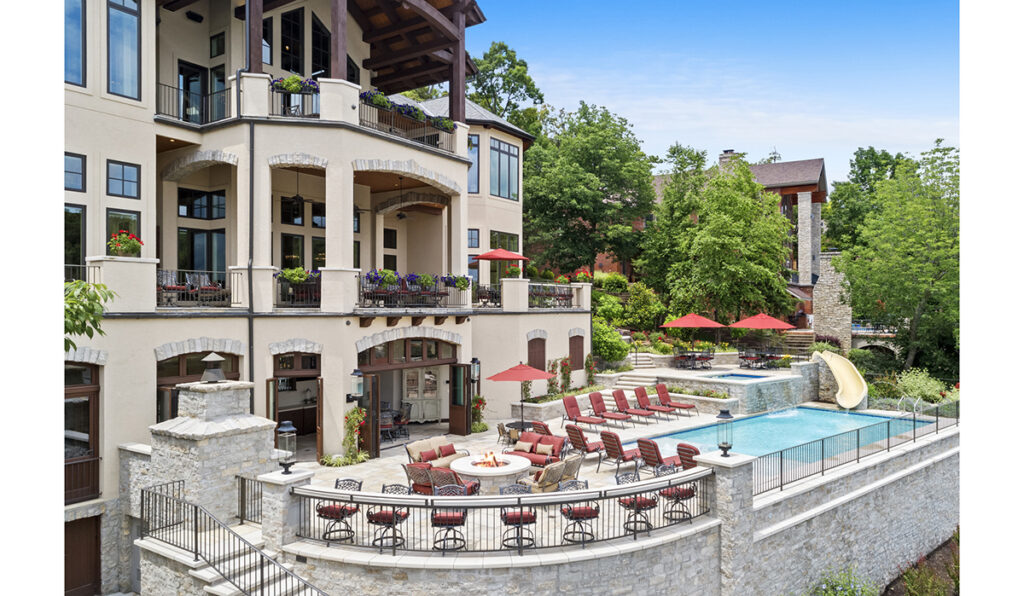Mastering the Art of Indoor-Outdoor Integration in Your Residential Project
By Katie Martinovic and Paul Staats, AIA
Scrolling through Pinterest and architectural design posts, you’re likely to notice the trend of tying together indoor and living spaces, as owners expand beyond the four walls of their homes and create a seamless extension of the indoors with resort-like luxury outdoors.
Outdoor spaces have become prime real estate for celebrating with loved ones, entertaining guests and taking advantage of much-needed rest and relaxation. Embracing indoor and outdoor connections in your custom home design can create a holistic and lifestyle-rich environment. This concept also helps make the most of what a property has to offer.
Whether you’re planning a new build, a remodel or an addition to your existing home, here are four indoor-outdoor integration ideas for inspiration.
1. Integrated Outdoor Design Begins with Thoughtful Orientation
When you’re starting with a blank slate and designing a custom home from the ground up, or planning a significant remodel to your existing home, think about where the home is situated on the property and how to take advantage of the landscape around it. The best indoor-outdoor living spaces are influenced by the structure of the home and the surrounding topography cues for a seamless overall architectural design.
The main living area could lead to a lush garden, or an extended wing could be precisely positioned to offer stunning views of a nearby lake or a resort-like pool in the back. By using surroundings as context, your property can blend with the existing setting.
These custom home designs are prime examples:
- Park City Ski Retreat, which is beautifully situated among the trees to offer maximum views of nature and the mountains in its indoor and outdoor living spaces.
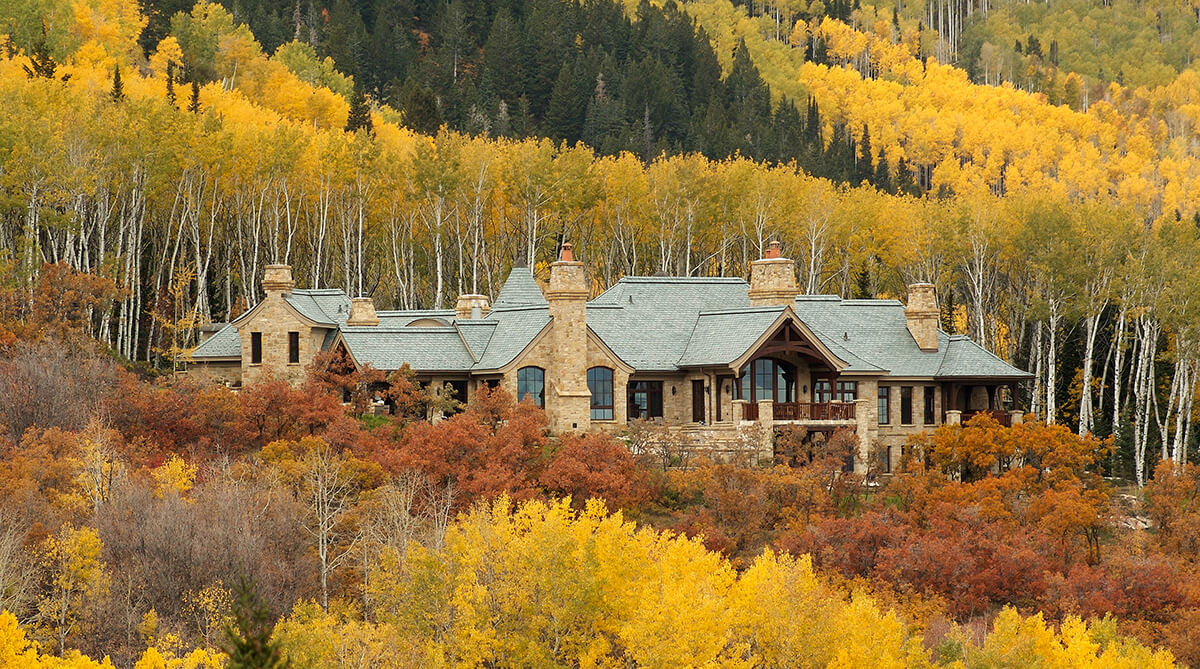
- Waterfront Modern Mediterranean, which takes advantage of lake views throughout the house and surrounding property.
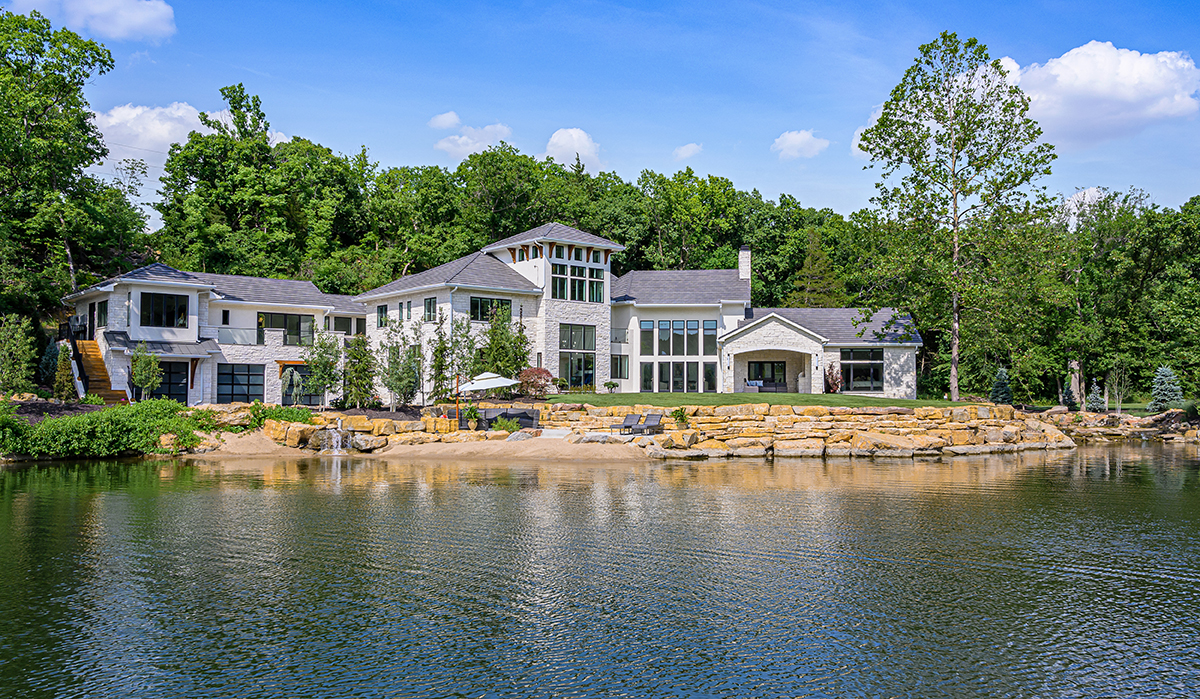
2. Prioritize Natural Light for Indoor-Outdoor Integration
Although architectural design styles vary, an abundance of natural light is a key component when integrating the indoors and outdoors. Windows and glass doors showcase the splendor of the outdoors and open up spaces to make even small rooms feel larger.
In addition to being a smart design choice, natural light has been found to have a powerful and positive effect on both physical and mental health. Studies suggest that daylight exposure can improve a person’s mood, combat insomnia and benefit our general well-being.
These custom home designs used plenty of natural light to connect the inside with outside:
- Leawood Neoclassical Estate, which uses sliding doors, high ceilings and large windows to bring light into the home and maximize living space to flow between inside and outside.
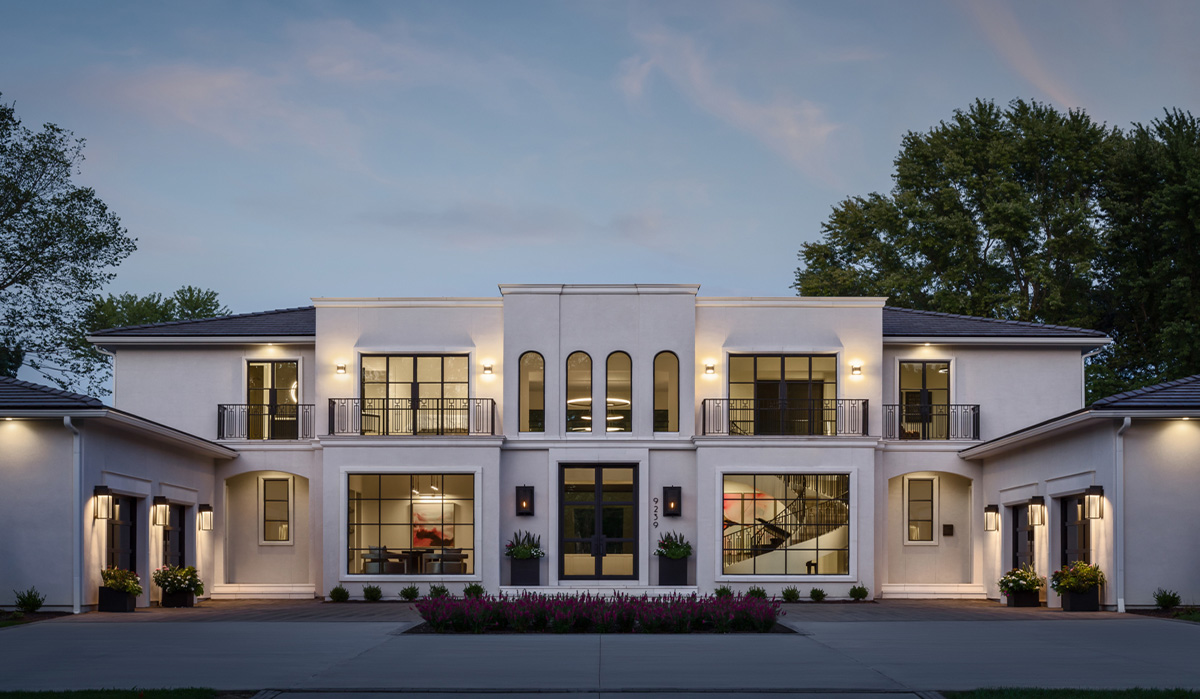
- West Plaza Modern, which enhances the benefits of an open floor plan with an abundance of light to link the indoors with the outdoors.
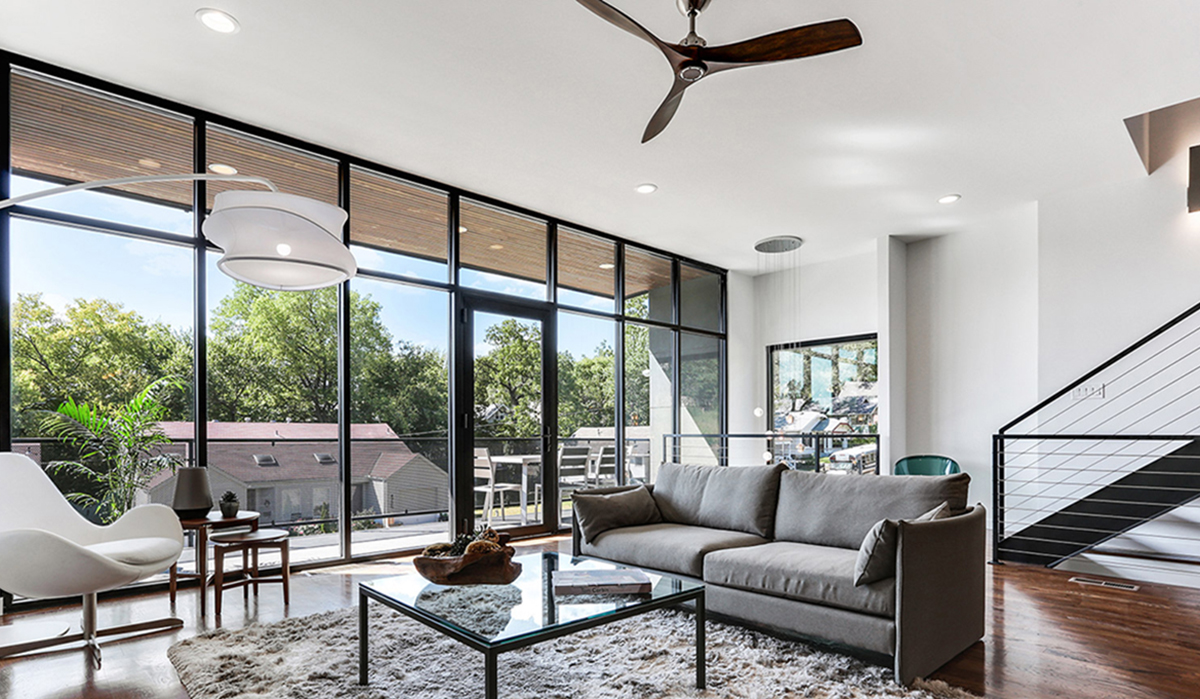
3. Bring Elements of Everyday Living Outside
Integrated outdoor design blurs the lines between the home structure and landscape, often incorporating what’s typically found inside outside. For instance, creating a backyard dining space adjacent to the indoor dining room helps maximize square footage and promote flow.
Outdoor kitchens complete with a grill, storage and countertop prep area are also popular additions for indoor-outdoor integration. Many property owners often choose to shelter patio spaces and extend their living room, making it easy to enjoy the outdoors, rain or shine.
These examples of outdoor living promote a natural flow from the inside to the outside:
- LDV Ranch, which features thoughtful flow from the inside to outdoor living area with fire pits, grills and seating.
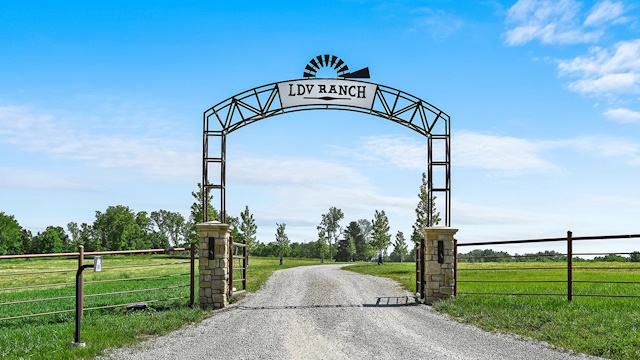
- Ozarks Luxurious Outdoors, which has many areas outside for full outdoor living, including seating, fireplaces, a pizza oven, pool area and doors that fully open to its outdoor kitchen areas.
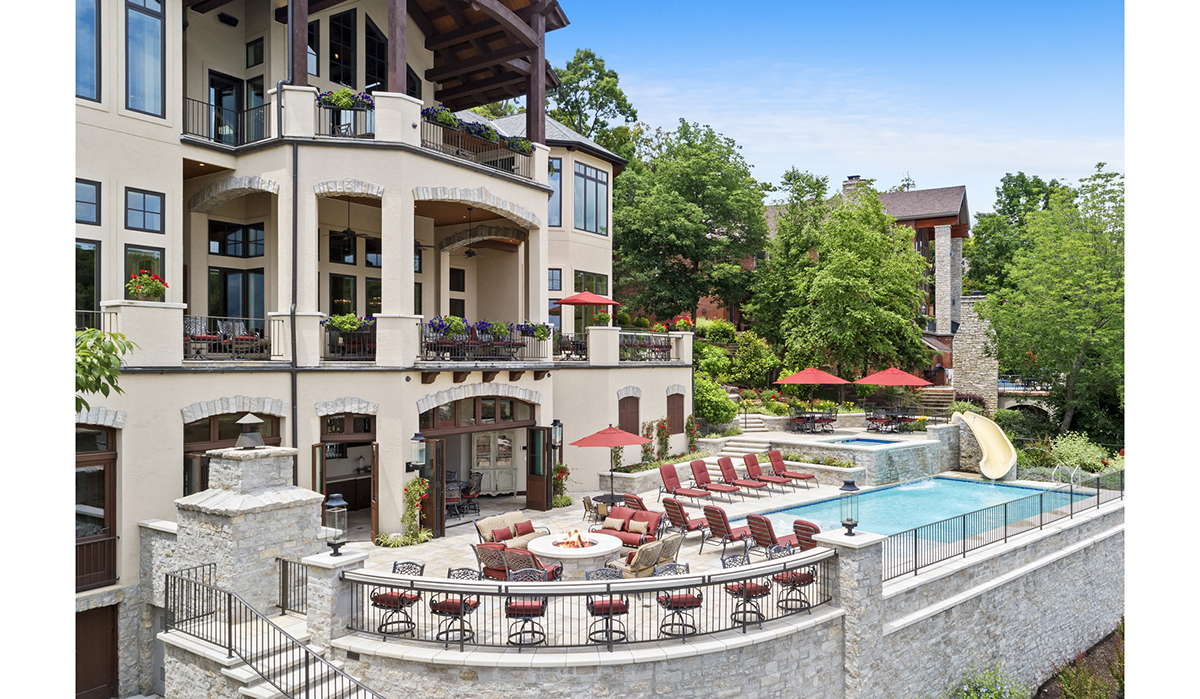
4. Mirror Materials Inside and Out
When looking to merge the outdoors and indoors, the finishings are equally important so that the style of the structure continues as you move in and out of the home. Echoing materials encourages harmony and makes a custom home design feel cohesive.
Indoor-outdoor integration may involve exposed stone walls that nod to the exterior of the home or painting outside surfaces in traditionally interior shades. Connecting an indoor kitchen countertop with the same one outdoors – or using the same material – is another way to establish a relationship between the two spaces. Your lighting choices can make a significant difference, too. Consider adding a waterproof pendant light to an outdoor eating area for a subtle but impactful touch that matches your interior aesthetic.
These properties mastered indoor-outdoor integration through their use of materials:
- Prairie Village Modern, which uses natural stone and warm wood tones inside.
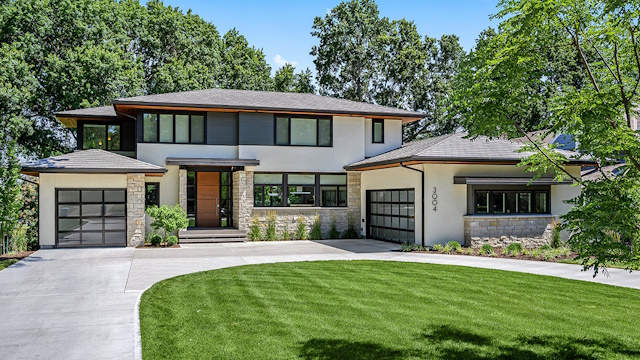
- Italian Farmhouse, which features natural wood timbers and stone throughout the home.
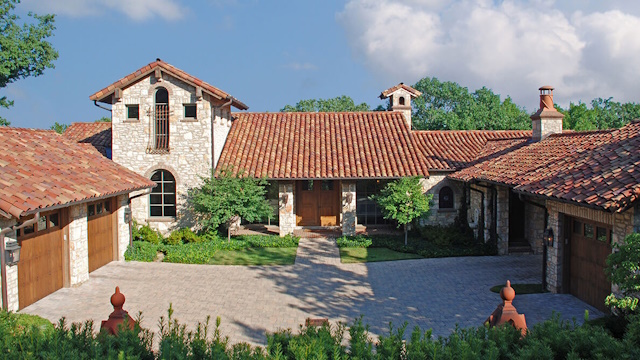
Who Should I Trust for Artfully Executed Indoor-Outdoor Integration?
An indoor-outdoor custom home design is about fusing the concepts of interior comfort with exterior vastness. A successful property provides a sense of place, while offering the freedom of life beyond four walls.
To bring your vision to life, hire a residential architect who understands how to seamlessly create design to maximize flow between the indoors and outdoors. Architectural design firms will build on their experiences to transform your dream home into reality.
Look for a company committed to client-focused service and timeless design with distinctive detail and proportion. A custom home project is a considerable investment, and you deserve to work with an expert who can bring your project to life.
For more information, contact an award-winning architectural design firm skilled in integrated outdoor design.

